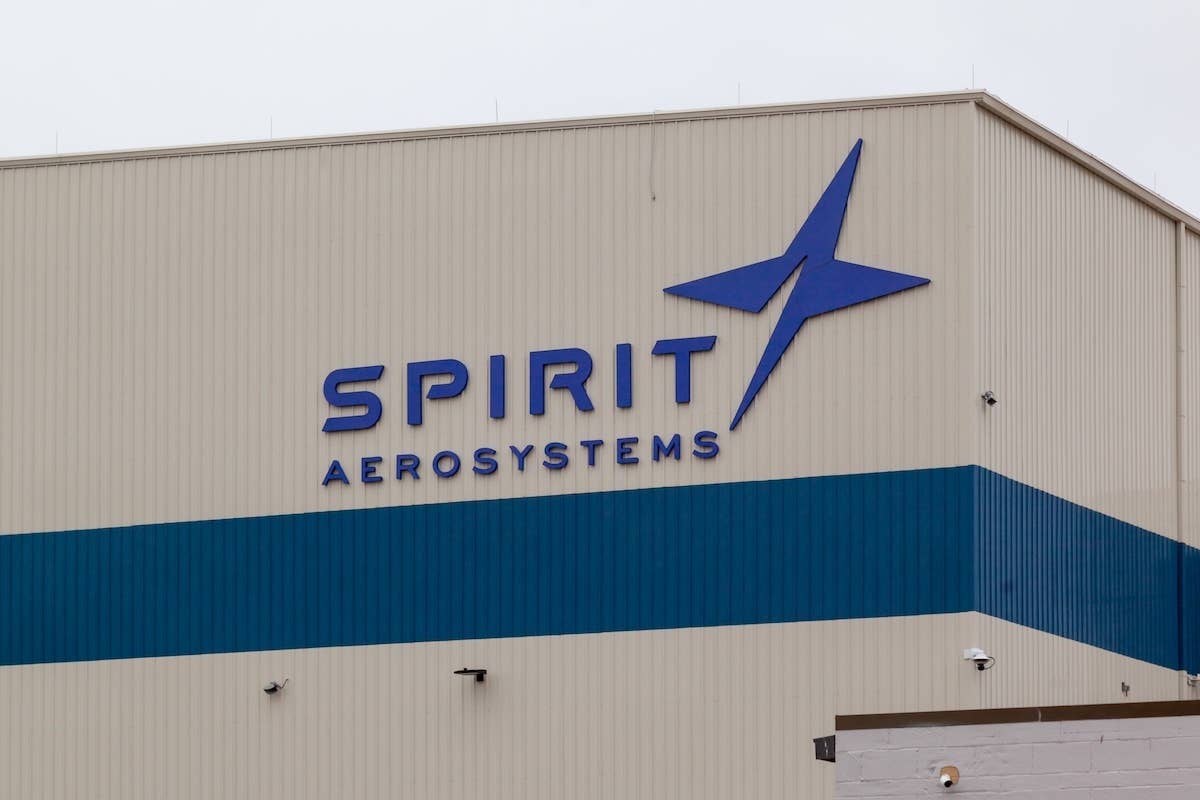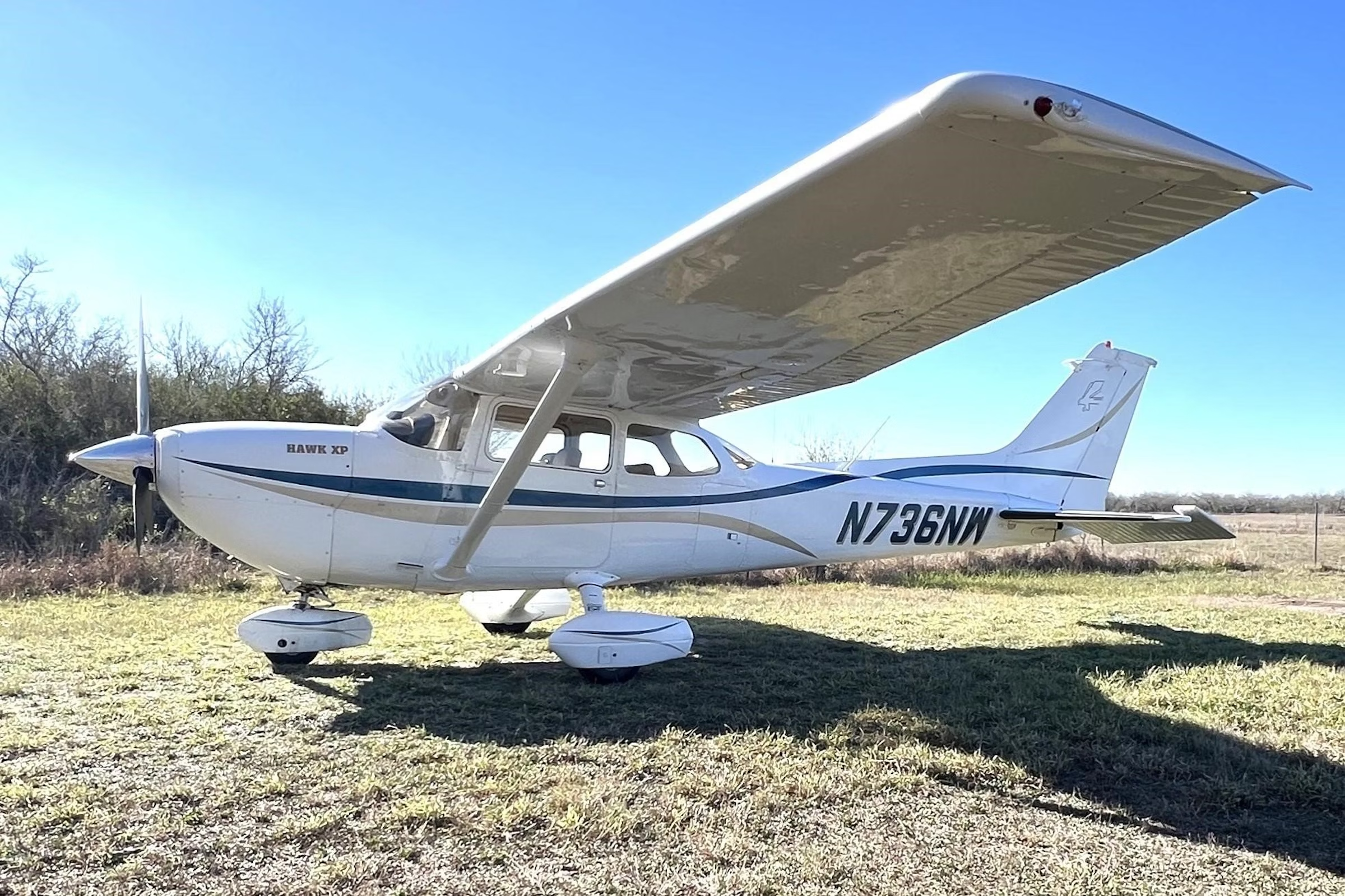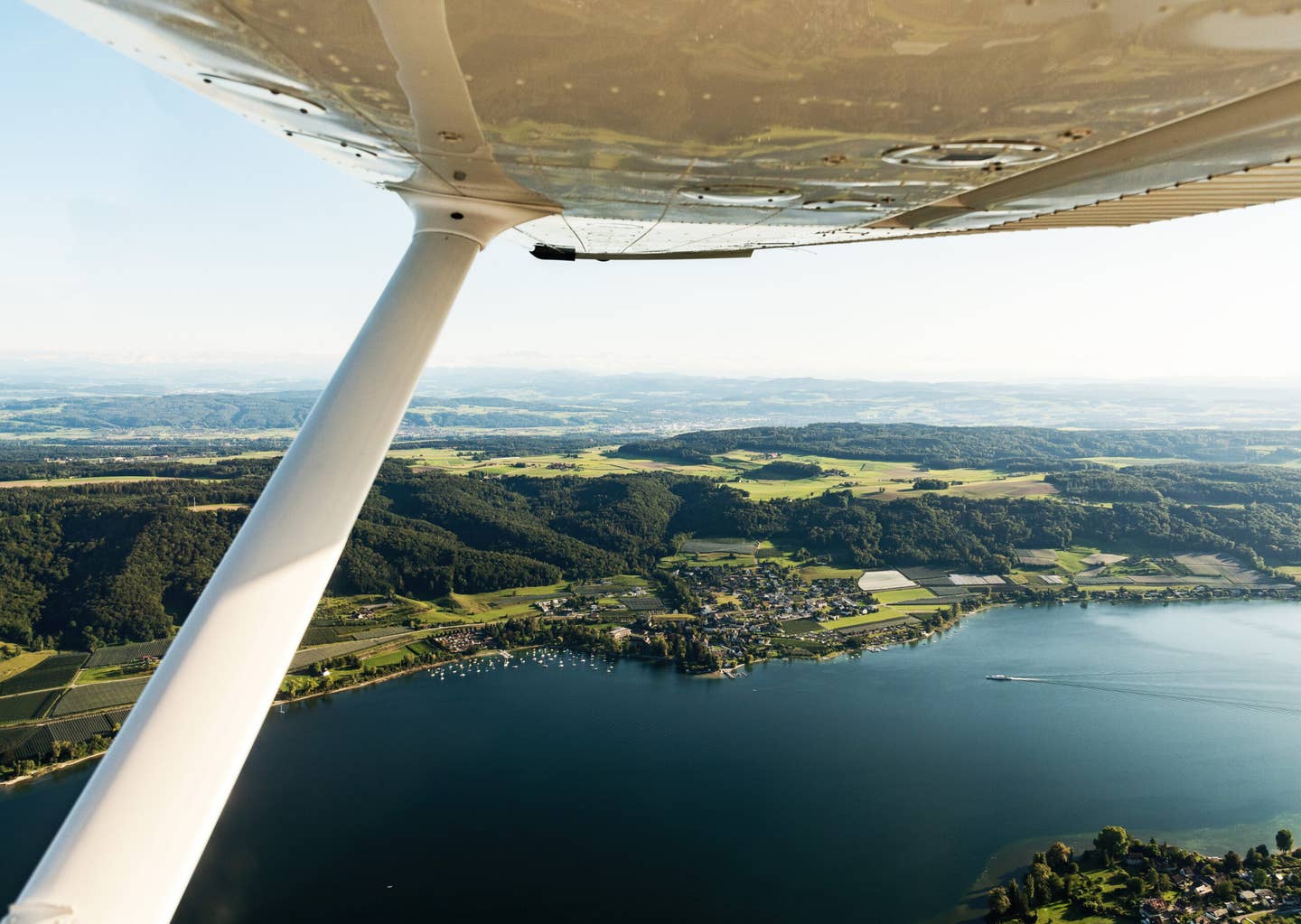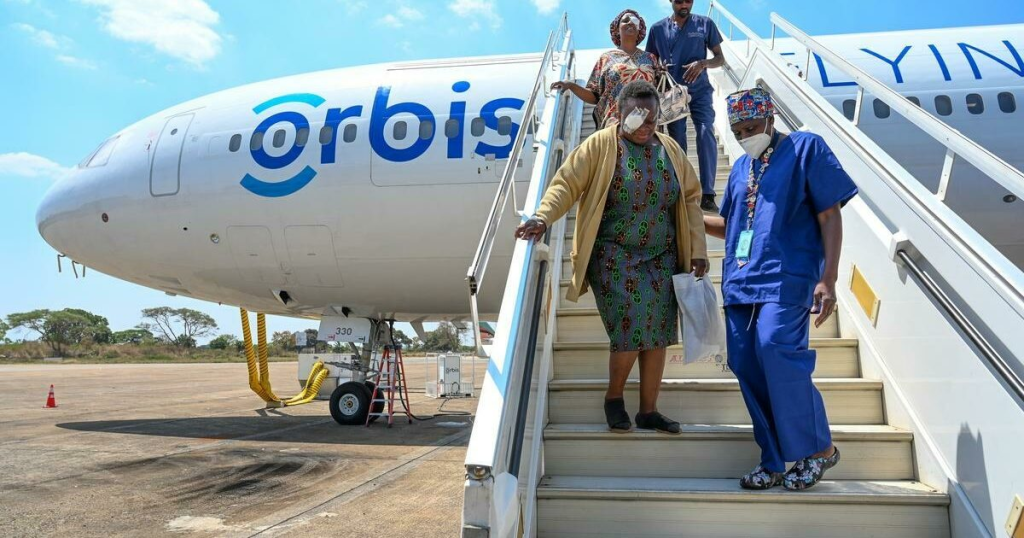
(August 2011) It has often been said that accidents result not from one big cause, but from a lot of little ones that happen to converge in some unforeseen way. Nevertheless, many fatal accidents do arise from one simple cause: VFR pilots flying into IFR weather. This happens so regularly, and in so monotonous a pattern, that I seldom write about it, since there seems to be so little to say about any given instance. I prefer, if one can be said to prefer one type of sad event to another, to examine accidents whose causes are more complex and thought provoking.
Another truism is that mechanical failures are comparatively rare; most accidents are precipitated by some pilot action or omission. Such mechanical failures as do occur fall into various categories — materials failures, maintenance errors and so on. Of these categories, one of the least populous, but of the greatest practical interest, is that of accidents that are due to engineering. These accidents arise from unexpected interactions of seemingly benign or unrelated design features. This is the soil in which certification requirements, and liability lawsuits, sprout and proliferate.
In January 2009, a two-pilot Sikorsky S-76C of PHI (formerly Petroleum Helicopters Inc.) carrying seven passengers in VFR conditions from an onshore heliport in Louisiana to a Gulf of Mexico oil platform crashed a few minutes after takeoff. One passenger survived with serious injuries — “a miracle,” his attorney said.
The helicopter was equipped with a combined flight data and cockpit voice recorder. A few seconds before the end of the recording, there was a loud bang, followed by a sound of rushing wind and a loss of rotor rpm. “What the hell happened?” exclaimed the second pilot. “Low rotor,” the first pilot said, and the other replied, “I can’t hear you!” The recording ended a few seconds later.
Investigators identified remains of a female red-tail hawk on the helicopter’s shattered windshield and other parts of the airframe, and concluded that what caused the accident was a bird strike when the helicopter was 850 feet above the ground and moving at about 135 knots. The bird had hit the aluminum brow of the cabin just above the windshield, fracturing the acrylic but not entering the cabin.
The throttle quadrant is located in the ceiling, along the centerline and slightly behind the windscreen. It contains two power levers (called ECLs, for engine control levers) and, between them and the windshield, two fire extinguisher T-handles. The T-handles are about four inches behind the edge of the windshield and are normally held in a forward position by a spring-loaded detent. If a fire extinguisher handle is pulled aft, it automatically releases the associated ECL, allowing it to move backward and reduce fuel flow to that engine. If the T-handle is pulled all the way aft, it also shuts off fuel to the affected engine.
Investigators theorized that the shock of the bird's impact — the average weight of a female red-tail is 2.4 pounds — had knocked both fire extinguisher T-handles out of their detents, in turn freeing the ECLs and moving them backward as well. With power reduced, the main rotor rpm began to decay. From information provided by Sikorsky, NTSB investigators calculated that the crew had about six seconds in which to identify the problem and react to it by either increasing power or reducing cyclic or both. "Likely disoriented from the bird strike and the rush of air through the fractured windshield," the board concluded, "they did not have time" to take action.
A bird strike right in front of the throttle quadrant might seem like a freak event not likely to be repeated in a lifetime. Helicopters collide with birds far more frequently than airplanes do, however, and the NTSB identified two similar occurrences involving S-76s within the preceding 10 years. In 1999, a bird struck another S-76 with sufficient force to dislodge the fire extinguisher T-handles from their detents, but not to move the ECLs. And about two years before the current accident, another helicopter of the same operator struck a seagull that penetrated the windshield and pushed the right-side T-handle and ECL back. The lodged remains of the bird prevented the crew from restoring power to the right engine, but they landed safely.
Despite the higher instance of bird strikes for helicopters, the FARs are less demanding and specific regarding helicopter windshields than they are for those of fixed-wing aircraft. The stock windshield for the S-76 is made of laminated tempered glass and is electrically heated by a dedicated AC generator. At the time the S-76 was originally certificated, the FAA had no bird strike requirements at all. Since Sikorsky hoped to sell the helicopter to North Sea operators, it demonstrated by a series of tests that the laminated-glass windshield complied with British requirements that the windshield resist penetration of a two-pound bird at 160 knots.
In the mid-1980s, PHI had begun replacing the stock windshields in its large fleet of S-76s with FAA-approved unheated cast-acrylic ones that were lighter in weight and also allowed the additional generators to be removed. The STC (supplemental type certificate) for the acrylic windshield involved in the current accident was issued in 1997. After the accident, the NTSB requested evidence of the tests or analysis required to show compliance with the basic standard in effect at the time, which was that a transport-category rotorcraft be able to fly and land safely after a collision with a 2.2-pound bird at high speed. Neither the FAA nor the STC holder provided it. The requirement as written was vague in any case; it might mean that a bird could penetrate the windshield and kill one pilot as long as the other survived to land the helicopter.
The NTSB noted that the U.S. Army no longer uses cast-acrylic windshields except in cases where an ejection seat is required to break through a canopy, because it found them to be much weaker, and more likely to shatter into dangerous fragments, than either laminated-glass or polycarbonate types.
The accident helicopter had a visual low-rotor-rpm warning system, but not an audio one. In 1978, when it was certificated, no audio system was required, but a requirement was soon added that single-engine helicopters and twins that did not have a system for automatically increasing power on one engine when the other failed must have an audio warning for low engine rpm. The S-76 did have the automatic system, however, and so it was not required to add an audio warning.
The pilots were highly experienced — more than 15,000 hours in rotorcraft between them, and more than 6,000 in the S-76. Their training was up to date. But it transpired that, while PHI’s annual recurrent training syllabus included dual engine failures, the engines always failed one after another, not simultaneously. Simultaneous loss of both engines, followed by auto-rotation to a landing, was practiced in initial training, but not afterward.
In its finding of probable cause, the NTSB identified the bird strike and the subsequent “disorientation” of the crew as the primary causal elements. “Had they quickly recognized the cause of the power reduction and reacted very rapidly,” the board wrote, “they would likely have had enough time to restore power to the engines by moving the ECLs back into position.” The board did not mention lowering the collective, which is the first response to a loss of power; it seemed to accept that an appropriate reaction to the emergency in the time available and in the sensory chaos of the moment could not be expected. The sudden rush of wind into the cockpit may have masked the sound of the rotor losing speed; eight seconds passed between the impact and the first pilot saying “low rotor.” At that point, by the board’s calculation, the possibility of saving the helicopter had already passed.
Among contributing causes, the board cited the lack of FAA regulations and guidance regarding bird strikes on rotorcraft at the time the S-76 was certificated; the design of the fire extinguisher T-handles, which could be inadvertently knocked out of their detents; and the lack of “a master warning light and audible system to alert the flight crew [to] a low-rotor-speed condition.”
Subsequent to this accident, the FAA proposed new standards for cockpit alerting systems that would require, among other things, that newly certificated aircraft provide “redundant sensory cueing” — in other words, both visual and aural warnings at once.
Sikorsky published a safety advisory warning of the reduced resistance to bird strikes of aftermarket acrylic windshields and of the danger, if the windshield is penetrated, of “crew-coordination challenges” and of “disorientation or injury to the flight crew.”
And PHI began replacing the cast-acrylic windshields in its fleet with laminated-glass ones.
_This article is based on NTSB reports __of the accident and is intended to __bring the issues raised to our readers’ __attention. It is not intended to judge __or to reach any definitive conclusions about the ability or capacity of any __person, living or dead, or any aircraft __or accessory._

Sign-up for newsletters & special offers!
Get the latest FLYING stories & special offers delivered directly to your inbox






